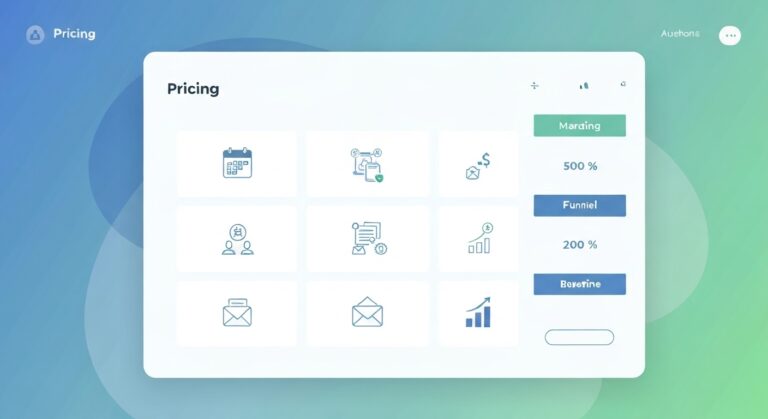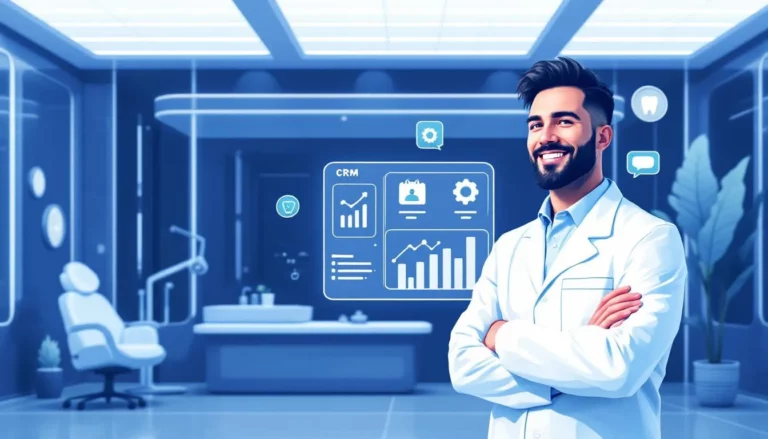
A lot of companies start out with a simple CRM setup, with just one flow and a few standard steps. At first, it’s easy to use and works, but as the business grows, this one-size-fits-all method starts to fall apart. The time it takes to sell a service varies. Some possibilities buy in a week, while others need to be cultivated for months and get multiple approvals. That much variety can’t be shown by a fixed structure.
Custom CRM channels change the game here. Agencies don’t have to force all of their opportunities into the same narrow tube. Instead, they can make routes that reflect the real paths their prospects take. It’s like night and day. Forecasting is more accurate, teams have more understanding, and sales processes finally start to work with the business instead of against it.
Why Standard Pipelines Hold Agencies Back
A general pipeline might work well for a small business with only one service, but it quickly becomes a block when more than one service is added. It would be hard to handle lead generation contracts, expensive coaching projects, and short design sprints all at the same time using a rigid sales process. People lose track of leads, steps lose their meaning, and reporting turns into expert guesswork.
Instead of a clear sales map, you end up with a cluttered board where no one can tell what’s actually happening. Sales reps make their own rules just to keep deals moving, and managers spend more time cleaning up than analysing performance. In the long run, this lack of structure quietly drains growth potential.
Tailoring Pipelines to Match Real Client Journeys
Custom systems are great because they are based on truth. An agency might decide that inbound marketing leads need a lot of care and attention, while business contracts go through a long, planned process with bids, legal reviews, and approvals from key partners. Upsells to present customers, on the other hand, may move quickly through a loop that is based on relationships.
To get rid of traffic jams, agencies create new methods that work with these natural patterns. People who work in sales no longer have to rush through the same steps for a three-day offer as they do for a six-month deal. Chances meet their real paths in certain places, which helps everyone understand the process better. This also lets you make more useful reports, since the data shows facts instead of an average that can be hard to understand.
Increasing Conversion Rates Through Clarity
One of the best things about CRM custom channels is that they make things much more visible right away. Instead of just a name, each stage is a real step forward. As deals move through the process, teams can see where things pick up speed and where they stop.
For instance, if a certain kind of service always takes longer during the pitch stage, that means you should look at how deals are placed or shown. If another kind of deal goes well in the beginning but slows down when the contract is signed, it could mean that there are problems with the price or the agreement. These ideas aren’t guesses; they come up easily when sales processes are set up to work with how sales actually happen.
Automation That Works With, Not Against, Your Process
A lot of the time, generic processes limit what you can automate. Because everything is built the same way, automations need to be broad and cover all things, even if they don’t fit. And custom processes let automations change based on what’s going on.
As an example, a qualified inbound lead can get a link to a discovery call as soon as they reach the right stage. On the other hand, an internal note might be sent for a complex business deal to set up check-ins and follow-ups that take place over a longer period of time. Upsells can have their own fast-track processes, so they can move from one step to the next without stopping the main sales board.
The CRM stops being an inactive library and starts being a proactive partner when automation fits with real processes. Teams can focus on high-value contacts while it handles the touches that are done over and over again
Better Forecasting and Resource Planning
To make accurate predictions, you need to know not only how many deals are in the works, but also what kinds of deals they are and how long they usually take to close. A short, transactional service brings in quick wins, while a lengthy enterprise engagement may represent larger revenue but take months to close.
With distinct pipelines, agencies can forecast more intelligently. Leadership can see upcoming revenue by service type, anticipate workload fluctuations, and allocate resources accordingly. This kind of foresight is almost impossible when everything is crammed into a single undifferentiated funnel.
It’s also a powerful tool for strategic decision-making. The company might put more effort into one type of route if it consistently brings in more customers and more money. Because of this, they don’t have to work too hard on too many different options.
Supporting Scale Without Chaos
As something grows, problems that weren’t obvious at earlier times usually become clear. Pipelines that aren’t clear or are full of junk can be very bad when new sellers join the team and a lot of opportunities come in at once. It takes weeks for new workers to figure out what each step “really” means. It’s also hard for bosses to get correct information, and customers have to wait longer because teams aren’t working together.
We can make sense of this mess with custom systems. In each process, the steps, reasoning, and trends are easy to see. New people on the team can use the method and follow the steps without always having to be watched. Knowing that the CRM shows how the company really works, leaders can stop putting out fires every day and concentrate on strategy.

Conclusion – Making the CRM Reflect Your Reality
Changing to CRM custom pipelines isn’t simply a technological change; it’s a change in strategy. You don’t have to change how your agency works to match a generic structure. Instead, you develop structures that fit how your agency really works. The payoff is clarity, speed, and scalability.
Custom pipelines make sales data more meaningful, automate work in ways that match reality, and give every team member a clear roadmap to follow. For agencies preparing to scale, this clarity is not a luxury—it’s a necessity.





